The fourth extract from Oz Clarke's book, The History of Wine in 100 Bottles, examines the 'Wine of Kings', Barolo, in the 19th century.

For most of the last 100 years, Barolo has been talked of as Italy’s leading wine. Brunello di Montalcino (currently very trendy in Italy) takes a tilt at it now and then, but while Brunello might be likened to some other wines, nothing is likened to Barolo.
Attempts to say Barolo is like Burgundy founder as soon as you put two glasses together. Sure they’re both light in colour, they are increasingly offered as the produce of single vineyards, and they’re expensive, but they are not alike. They don’t smell alike, they don’t taste alike, and Barolo – with its hallmark smack of tannic grip – doesn’t feel like Burgundy either.
So is it an ancient wine? No, not really; it’s a modern invention, though the Nebbiolo grape is certainly as old as the 13th century. Some people think Pliny the Elder wrote about it, while others contend that its DNA threads all the way back to the ancient wines of Georgia, thousands of years back. If so, it wasn’t exactly doing its pedigree proud by the time a 19th-century politician took an interest in trying to improve the quality of the wine. His name was Cavour, the great patriot who led the surge towards Italian Unification and, interestingly, he wasn’t convinced by Nebbiolo. He planted five hectacres of Pinot Noir to see if he could make something a bit like the Burgundies he’d tasted at the court of Savoy in Turin. He couldn’t.
That’s the key. Unlike most Italians, he had tasted fine French wines, so saw the enormous improvements that his local Italian wineries would need to make. And he was lucky to have another local landowner desperate for change. The Marchesa di Barolo had enjoyed French wines while in France as a young woman. She got back home and found the wines of Barolo tart yet sweetish and frequently fizzy. Nothing like Burgundy or Bordeaux. Nothing like the Barolo of today.
The stroke of genius came from Cavour, who hired a French winemaker to come and sort things out – Louis Oudart, from Champagne admittedly, but with a passion for the thrilling reds of Bordeaux. In 1843, the Marchesa also employed him. What Oudart found in Barolo was that the Nebbiolo was allowed to crop very heavily, that it ripened only at the end of October or even into November, and then it was picked and bundled into dirty, unhygienic cellars. There, an erratic fermentation took place that was usually halted by the icy grip of winter well before all the sugar was fermented out. And you were left with a souring, sugary, prickly pale red. Oudart cut the yields, ensured his grapes were picked ripe, cleaned up the cellars, bought in new equipment, and heated the fermentation areas so that he could produce a full-flavoured, balanced and dry red wine. He had the great red wines of Bordeaux in mind. I’m sure his wines didn’t resemble them one bit, but it was his vision of their flavours, his knowledge of their techniques, that allowed him to literally invent what is now Italy’s greatest red.
The King of Wines, the Wine of Kings, they called Barolo. King Carlo Alberto of Savoy liked the Marchesa’s new wine so much he ordered a barrel for every day of the year (excluding Lent, of course). King Victor Emmanuel, first king of the unified Italy, was equally keen. They both planted Barolo vineyards – not a bad start for the red that was to become Italy’s finest.
Translated by ICY
All rights reserved by Future plc. No part of this publication may be reproduced, distributed or transmitted in any form or by any means without the prior written permission of Decanter.
Only Official Media Partners (see About us) of DecanterChina.com may republish part of the content from the site without prior permission under strict Terms & Conditions. Contact china@decanter.com to learn about how to become an Official Media Partner of DecanterChina.com.

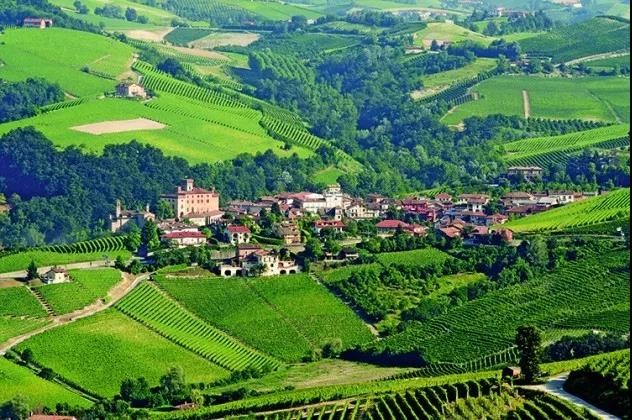

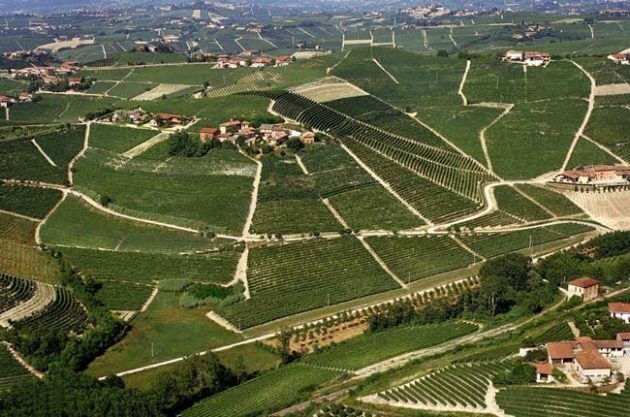

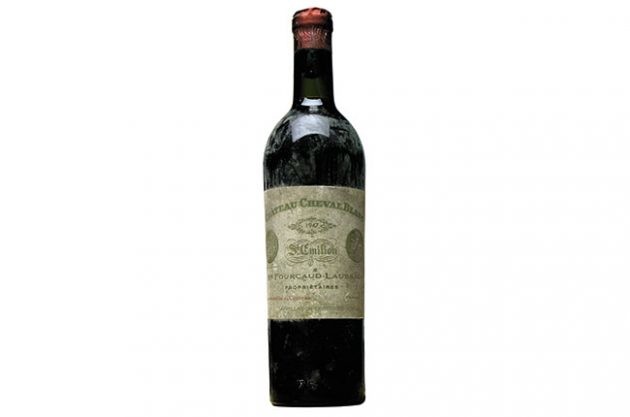



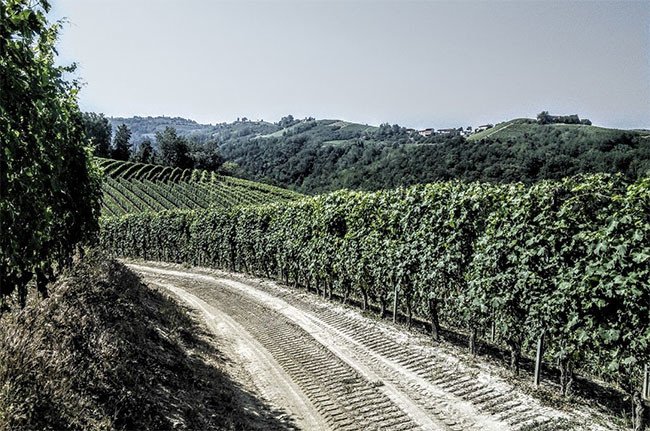
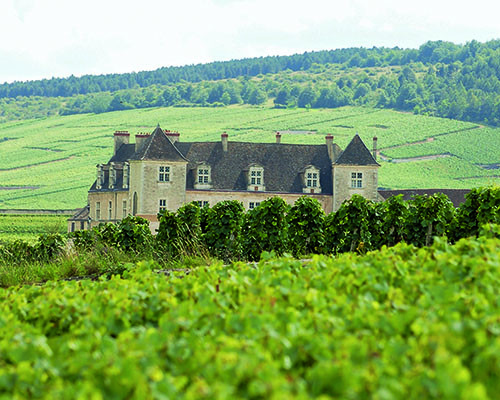
Comments
Submit